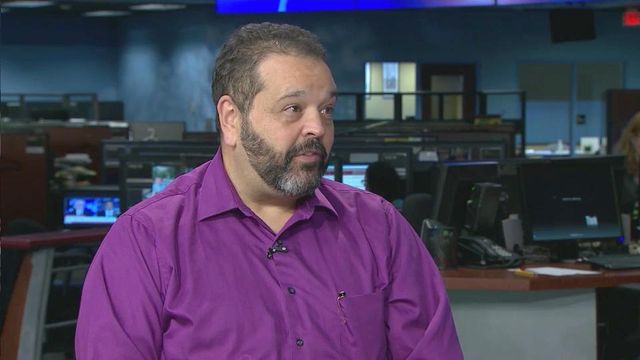Ask questions, set boundaries: Advice for parents of teen drivers
A state group offers programs for teen drivers, along with suggestions for parents of teen drivers and teen passengers.
Posted — UpdatedA few weeks ago, a friend confided in me about her change of schedule since her older child had entered high school. She now has lost an hour of her day to shuttling kids back and forth as her high schooler gets out of school about an hour earlier than her grader schooler.
It could be easier, she said. An older high school student had offered to drive her son home from school each day. Her answer was no.
Like all of us, she's familiar with the headlines and statistics. More than 3,000 young drivers between the age of 15 and 20 are killed every year in traffic crashes, according to the National Safety Council. Traffic crashes are the No. 1 cause of death for children and young adults.
She'd rather lose an hour a day than her child, she said. Considering the recent headlines, I'd say she made the right decision.
Families, friends and school communities are mourning the loss of two Wake County high school students, who were in cars driven by teens. Braden Rock, 15, died Monday on his way to Heritage High School in Wake Forest. His sister, Faith Rock, 17, was driving. Laura Yost, a 15-year-old Panther Creek student, died earlier this month after being injured in an accident on her way to school. Spencer Saunders, 16, of Morrisville, was at the wheel.
"To see the potential of young people that’s been taken out by injury and death, it’s a very sad and tragic thing," Thompson said.
The council is the state chapter of the National Safety Council, a nonprofit chartered by Congress that focuses on health and safety issues. The group is one of the first in the country to develop training for drivers after they get their licenses.
Among those programs is Alive at 25, a 4 1/2 hour driver's awareness course for young drivers ages 15 to 24. It's offered in Raleigh twice a week and includes instruction on defensive driving; decision making and responsibility taking; and strategies to keep safe on the road.
Young drivers often attend the class as part of a court requirement after getting a ticket, but Thompson said it's designed for all kids, not just those who have gotten in trouble behind the wheel. In fact, the group cuts the cost of the class from $60 to $25 for kids who have not received a ticket. The North Carolina chapter also will bring a teen driving program to churches, school groups, neighborhood organizations and other places where teens gather for free.
The program is interactive. Teens talk with each other about their own driving experiences. A leader guides the discussion. The goal, Thompson said, is to make kids aware of the dangers.
"We try to make them aware," he said. "Here's the deal. You all are a small percentage of the overall drivers on the road yet you account for a large number of traffic crashes and an inordinate number of deaths. Why is this? … You have to take responsibility."
There are risky behaviors drivers can take and teens, Thompson said, hit them all. They are more likely to speed and use alcohol and drugs while driving. They are less likely to wear a seat belt than any other age group. They get distracted more easily when they are with other teens in the car. They're texting and on their phones. They're driving while tired. And they follow other cars too closely.
"The key is changing behavior," he said. "The key is making them more aware."
Parents play a big role in all of this as well, Thompson reminds us. In fact, by the time they are old enough to get their driver's license, they've had 16 years of driving lessons courtesy of you, their parent. That's a message that resonated with me even though my kids are years away from getting their licenses.
"They are watching mommy and daddy and they're listening to what mommy and daddy says and it all comes back," he said.
If you have a teen driver or teens who might be a passenger with a teen driver in the house, Thompson tells parents that they need to be firm and ask questions. Parents need to set boundaries on how many other teens can be in the car at the same time. If they are going to regularly pick up a younger sibling from school, for instance, the parent should ride the route with them to point out dangerous intersections and other hazards.
Don't be afraid to take a license away if rules are broken.
"If a rule is broken, there has to be consequences," he said. "That is really an area that I know is tough for parents to do. But that’s not just a driving lesson, but a life lesson for teens."
And make sure that the car they are driving is big and heavy, he said. It might not be the sexiest car on the road, but it could be the safest.
"It’s also sitting down and continually keeping up the communication with the teenager even if they moan and groan and don’t like it and get mad. They are listening," he said.
"Studies show that parents have the greatest influence on the way their kids are going to drive," he said. "Sometimes parents say I’m not making any difference. I think sometimes they don't understand or don't use the control they have. Parents need to recognize that it is dangerous for kids. They cannot assume that everything is going to be OK."
Related Topics
• Credits
Copyright 2024 by Capitol Broadcasting Company. All rights reserved. This material may not be published, broadcast, rewritten or redistributed.






